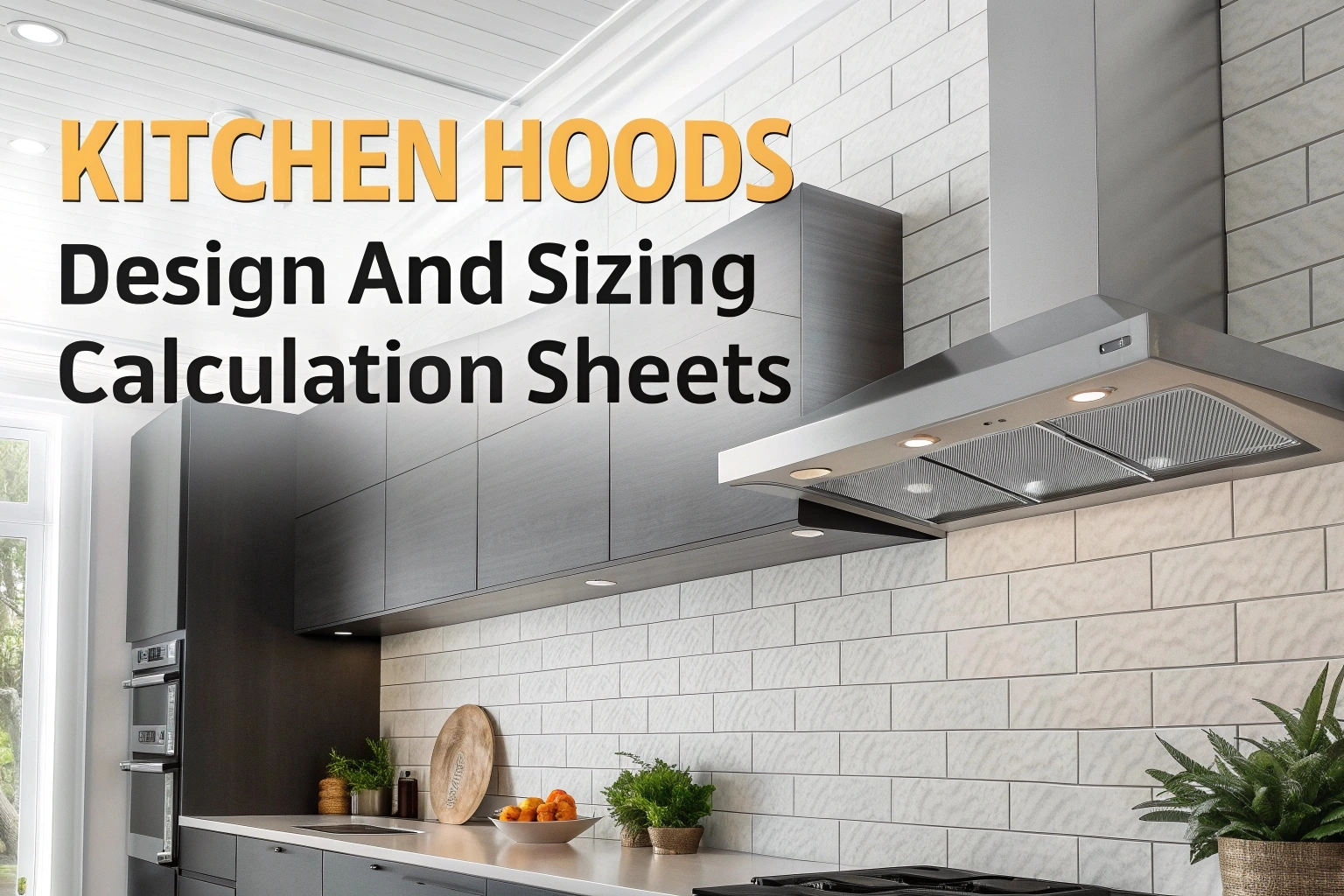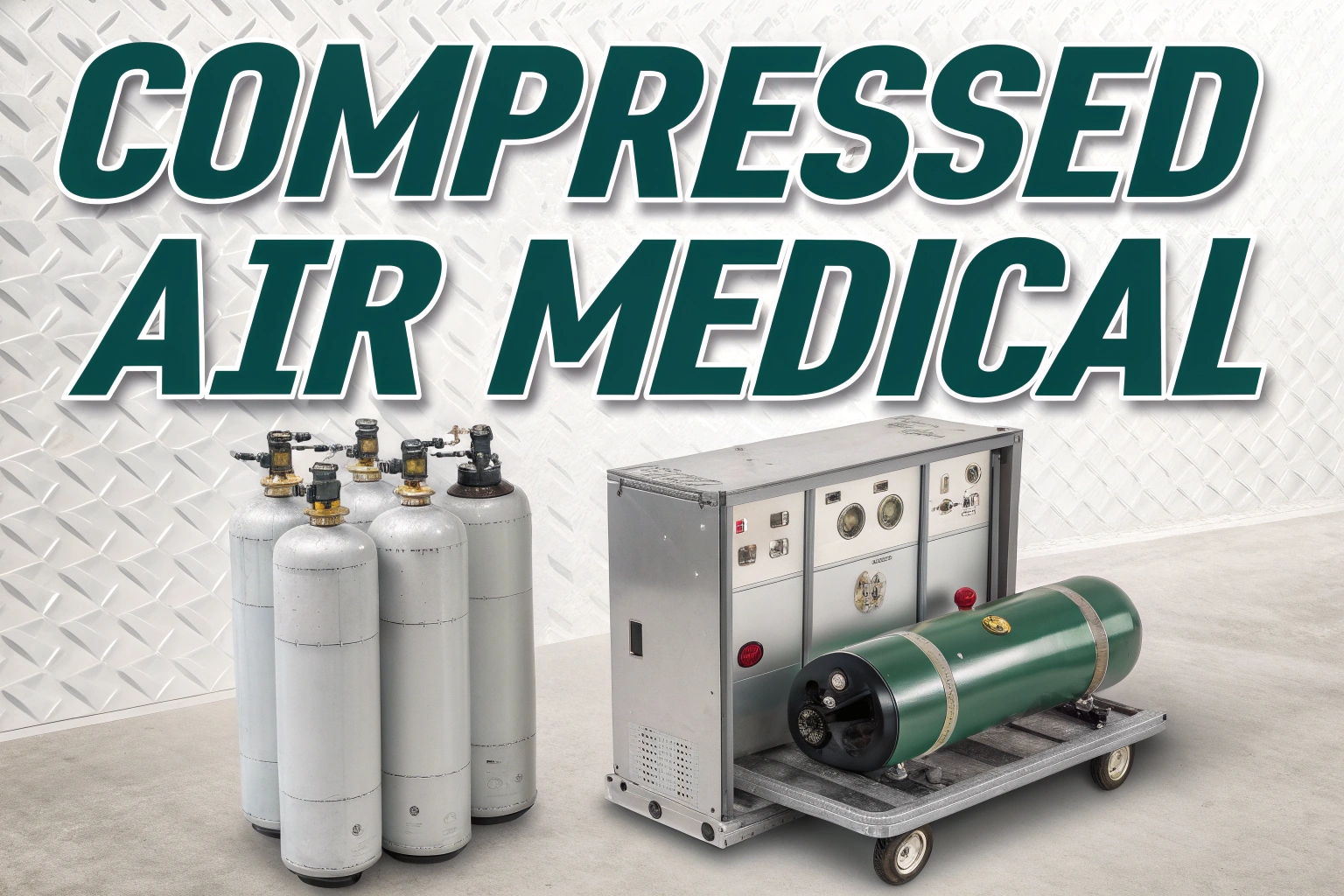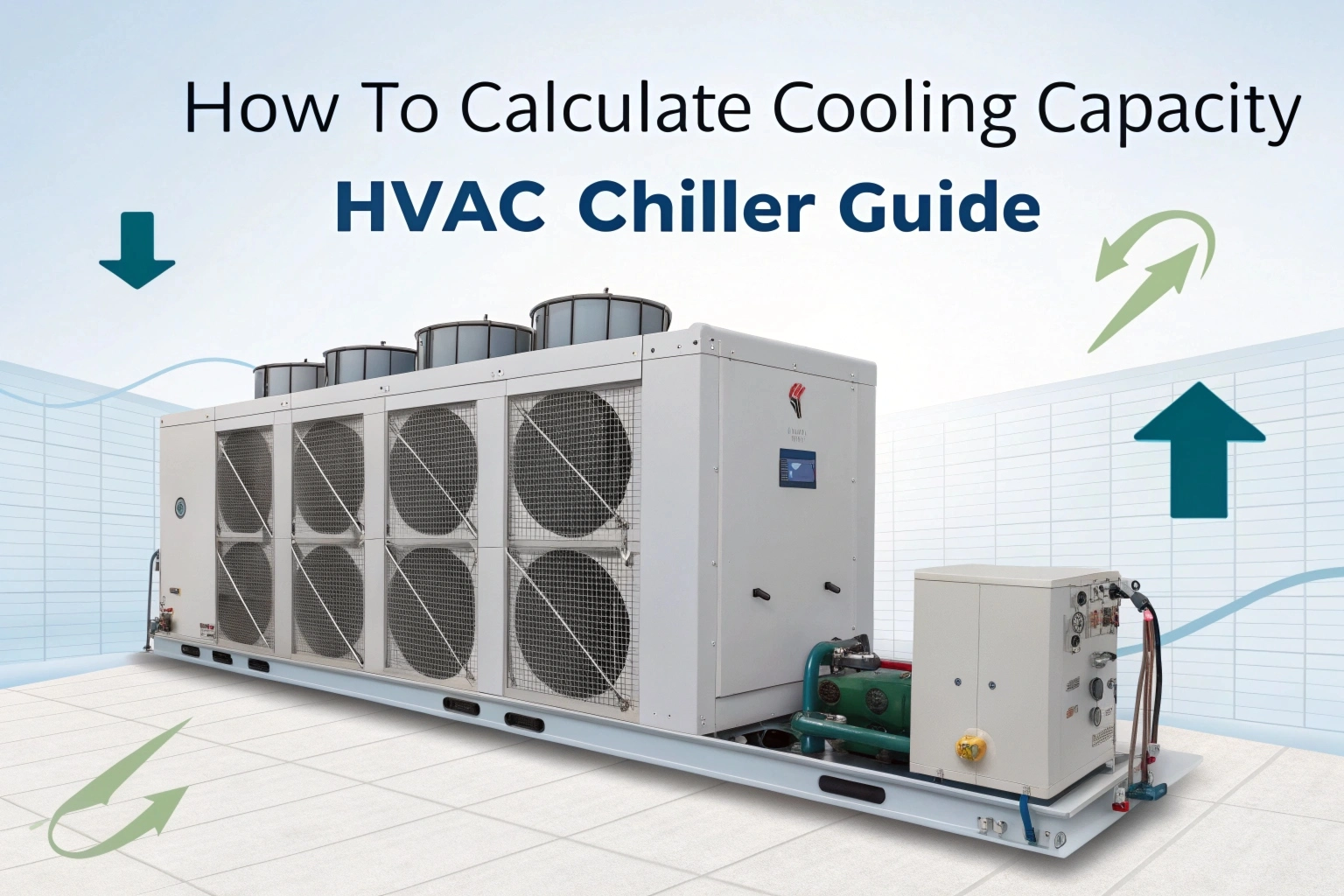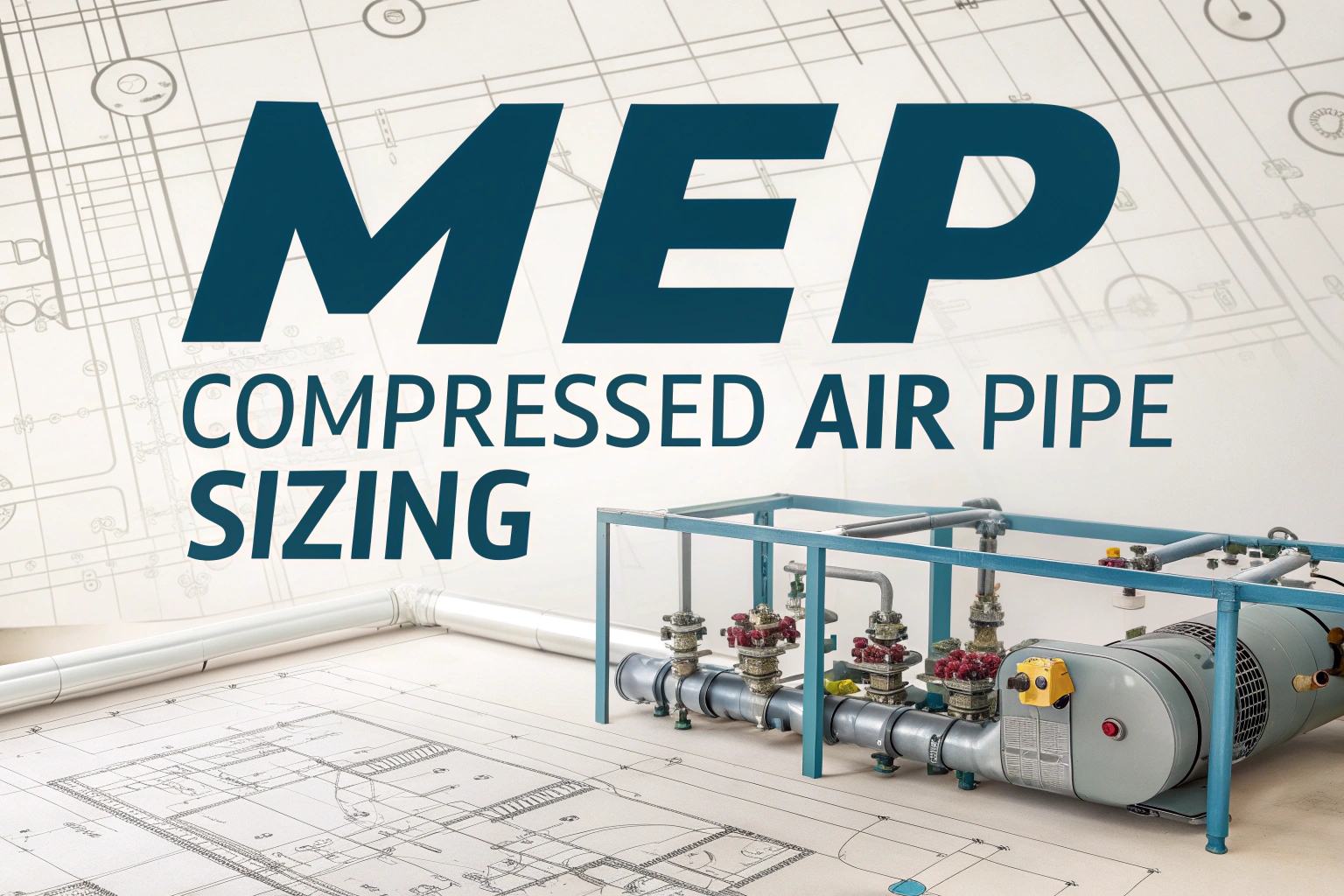Kitchen Hood Design Fundamentals: Designing kitchen hood system is technique which is used to remove heat, smoke, grease and odors from kitchen. they obtains good air quality using multiple techniques one of the most common technique is calculating airflow, selecting proper hood type, sizing ductwork and ensuring safety codes. they use their hood system to make kitchen enviroment safe and comfortable on the sites like homes, restaurants etc. this is very important all over the world and still its very necessary.
Determining Required Airflow (CFM)
The first step is to estimate how much air the hood must exhaust. Two common methods are:
- Cooktop Output MethodRequired CFM=Total BTU/h Rating100 \text{Required CFM} = \frac{\text{Total BTU/h Rating}}{100}For example, a 60,000 BTU/h commercial burner needs 600 CFM.
- Area‑Based Method
Applicable for residential hoods:Required CFM=1–2×cubic feet per minute per sq ft \text{Required CFM} = 1\text{–}2 \times \text{cubic feet per minute per sq ft}A 25 sq ft cooking area might use 400 CFM.
Always round up to the nearest standard fan capacity to avoid under‑ventilation.
Choosing the Right Hood Type
- Wall‑Mounted Hoods
Mounted against a wall, ideal for residential ranges. Capture efficiency ~60–70%. - Island Hoods
Ceiling‑hung on all sides; best for cooktops in island benches. Efficiency ~85–90%. - Canopy Hoods
Large, commercial‑grade hoods often over multiple burners. Designed for 1500–3000+ CFM.
Select a hood that overhangs the cooking surface by at least 6–12 inches on all sides to ensure effective capture.
Sizing the Hood & Ductwork
- Hood Dimensions
Hood width should match or exceed the cooktop width. Depth should extend 6–12 inches beyond the front and back edges. - Duct Velocity & Diameter
Maintain 1500–2000 feet per minute (FPM) in duct runs:Duct Area (sq ft)=CFMVelocity (FPM) \text{Duct Area (sq ft)} = \frac{\text{CFM}}{\text{Velocity (FPM)}}Convert area to diameter (for round ducts) or width/depth (for rectangular). - Minimize Losses
Use smooth, straight runs. Limit 90° elbows and transitions—each adds pressure drop that reduces actual airflow.
Make‑Up Air & Energy Considerations
- Balanced System
For hoods > 400 CFM, provide dedicated make‑up air to prevent negative building pressure. This can be introduced via a controlled inlet or integrated HVAC air handler. - Heat Recovery
In cold climates, pre‑heat make‑up air by recovering heat from the exhaust stream or using a heat recovery ventilator (HRV). - Variable Speed Controls
Install a variable‑frequency drive (VFD) on the exhaust fan to adjust airflow based on cooking load, reducing energy use and noise.
Safety & Code Compliance
- NFPA 96 Standard
Commercial hoods must comply with NFPA 96 (Standard for Ventilation Control and Fire Protection). This covers grease filter types, fire suppression requirements, and clearances. - Fire Suppression Integration
Many jurisdictions require wet chemical suppression heads installed within the hood plenum, activated automatically by fusible links or heat detectors. - Lighting & Electrical
Use sealed, heat‑rated fixtures inside the hood. Ensure all wiring meets local electrical codes and is protected from grease build up.
Kitchen hood is thing which is used to make kitchen enviournment good it balances performance safety and eficiency by calculating CFM and selecting proper hood type and sizing ductwork and adding make up air and fire safety features we get clean air and confortabel cooking enviournment we must check our design with local mechanical codes and manufacturer guidelines to make it compliment and high performance solution











